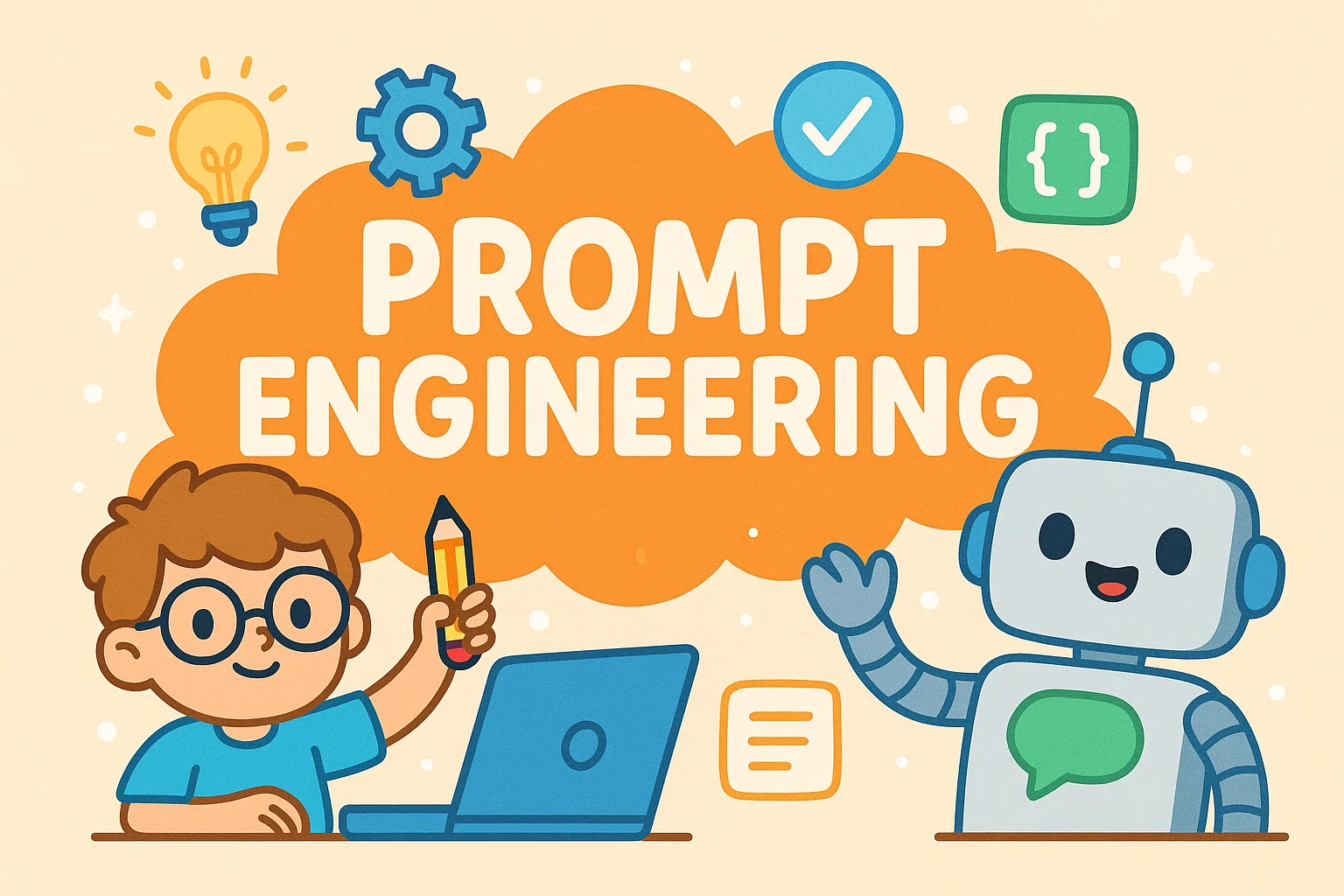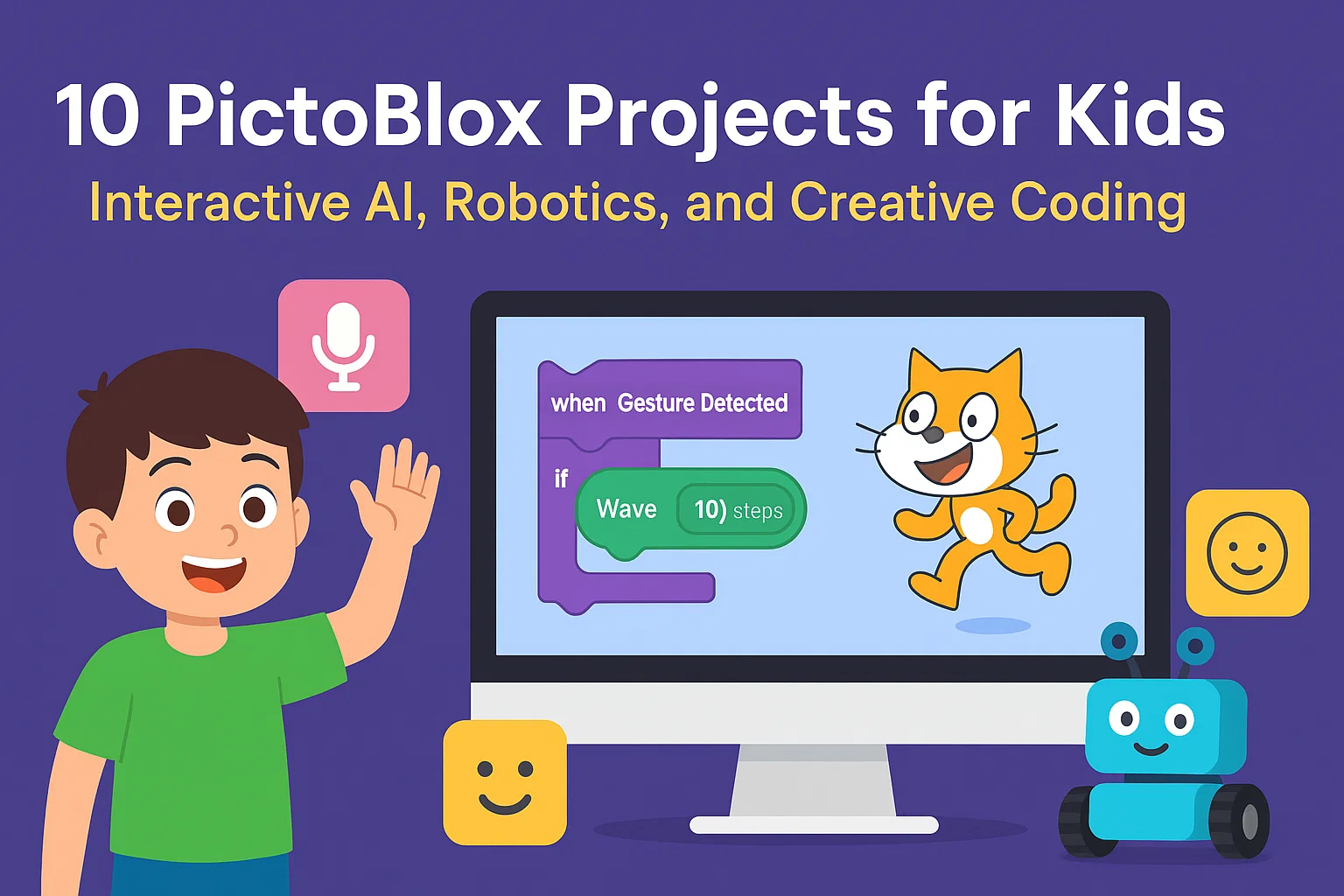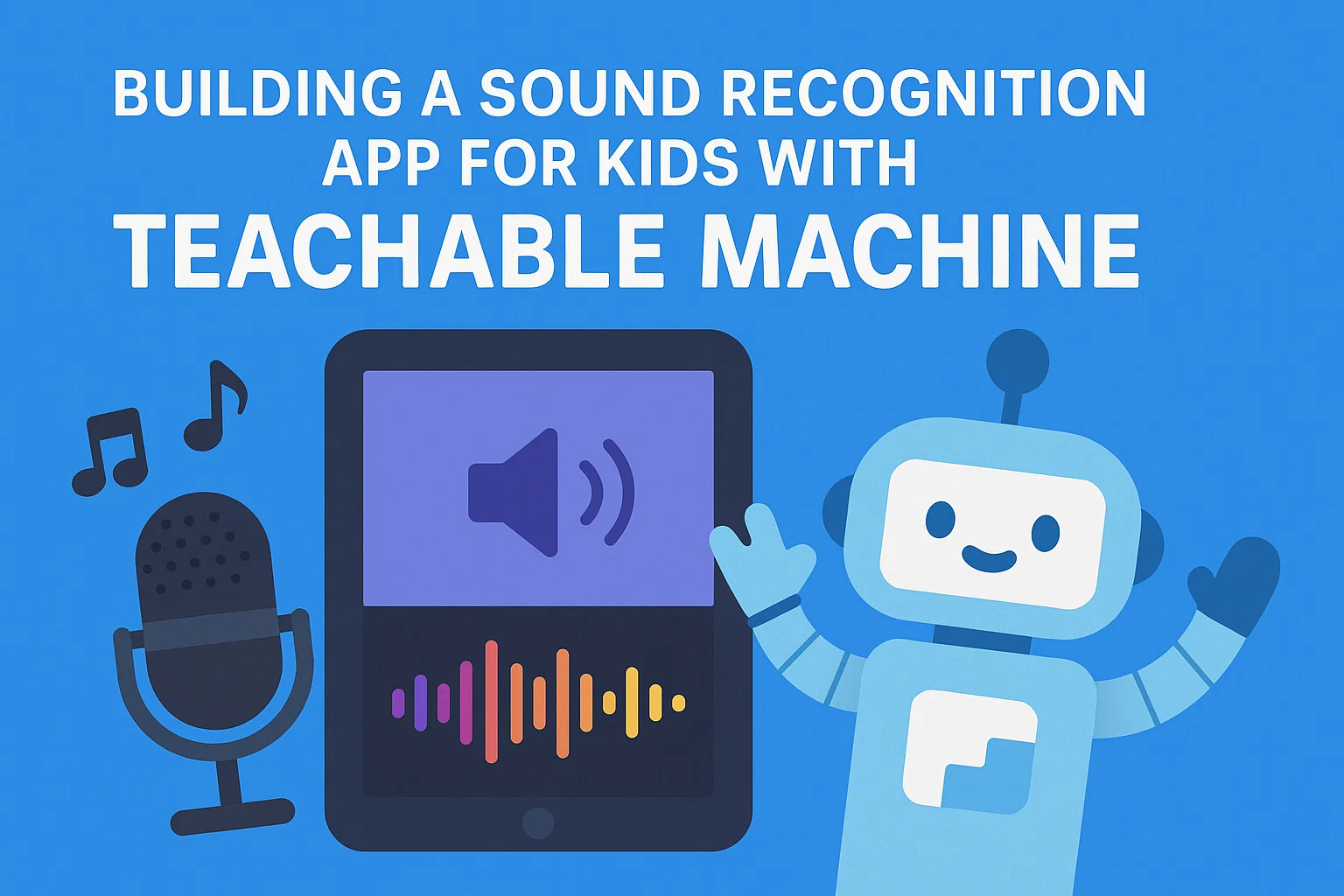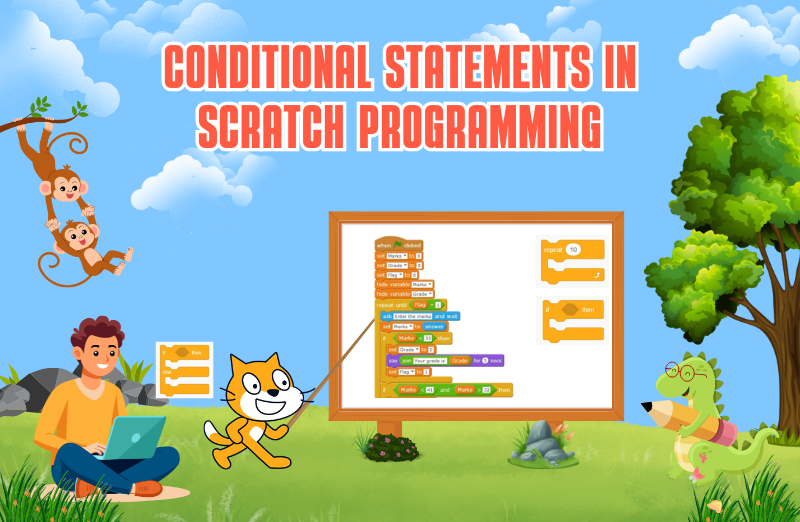Imagine a world where your child can talk to a computer like a friend by asking it to write stories, solve puzzles, draw pictures, or even help code a game.
Sounds futuristic?
Prompt Engineering is one of the most popular and most exciting skills of the AI generation.
In simple terms, Prompt Engineering is the art of talking to Artificial Intelligence (AI) effectively by giving it clear, creative, and meaningful instructions (called “prompts”) that tell it what to do.
With the rise of AI tools like ChatGPT, Gemini, DALL·E, and Teachable Machine, prompt engineering has become a super skill, not just for adults but also for kids.
Let’s explore what is Prompt Engineering? and how it works, and why it’s one of the most valuable skills your child can learn today.
What Exactly is Prompt Engineering?
Think of a prompt as a question or command you give to an AI.
The clearer and more specific your prompt is, the better and smarter the response you’ll get.
For example:
🗣️ If you say: “Write a story.”
You’ll get a random story.
But if you say:
👉 “Write a short, funny story about a penguin who learns to code in Python,”
you’ll get a creative, relevant story — because the prompt gives context, detail, and intent.
That is prompt engineering that is crafting instructions that make AI respond intelligently.
In short:
Prompt Engineering = Smart questions → Smart answers ✅
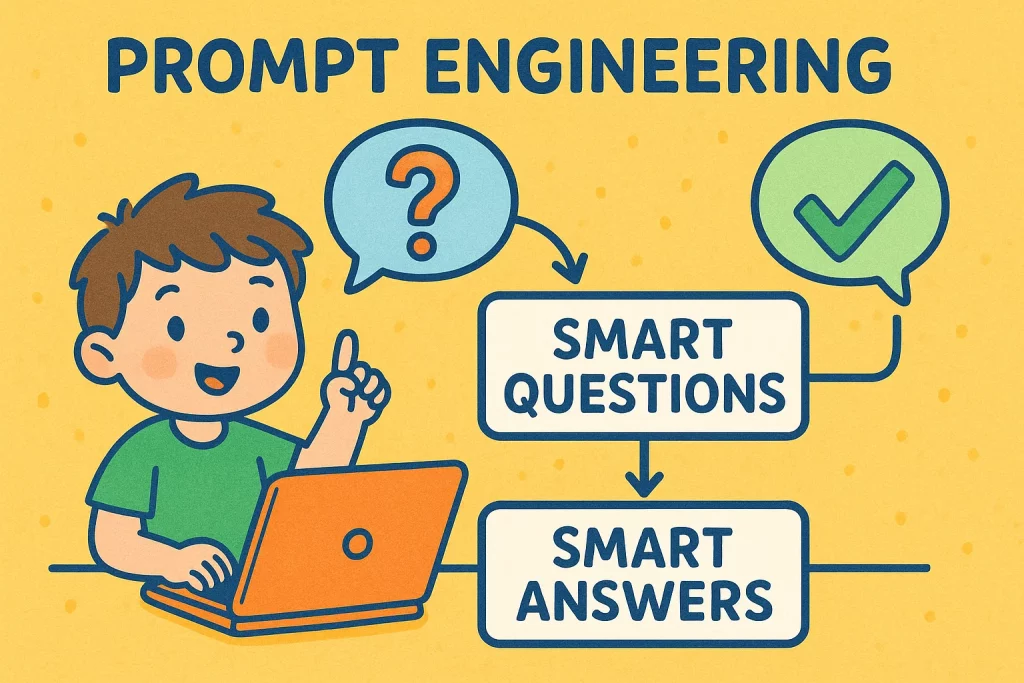
Why Prompt Engineering Matters in Today’s World
We live in a world powered by AI from virtual assistants like Alexa and Siri to AI-powered learning apps and robots.
Prompt engineering teaches children to communicate effectively with these intelligent systems.
Here’s why Prompt Engineering matters:
- Prompt Engineering helps kids get more accurate, creative, and useful responses from AI tools.
- It encourages logical thinking kids learn how to structure thoughts step-by-step.
- It builds communication and writing skills.
- It opens the door to AI-based creativity and coding projects.
Learning prompt engineering isn’t about memorizing commands, it’s about learning to think like a designer, coder, and creator all at once.
How Prompt Engineering Boosts a Child’s Creativity and Thinking
1. Builds Clear Communication Skills
To write good prompts, kids must describe exactly what they want clearly and concisely.
That means using the right tone, context, and keywords.
For instance:
“Write a letter from a robot to its inventor thanking them for creating solar power.”
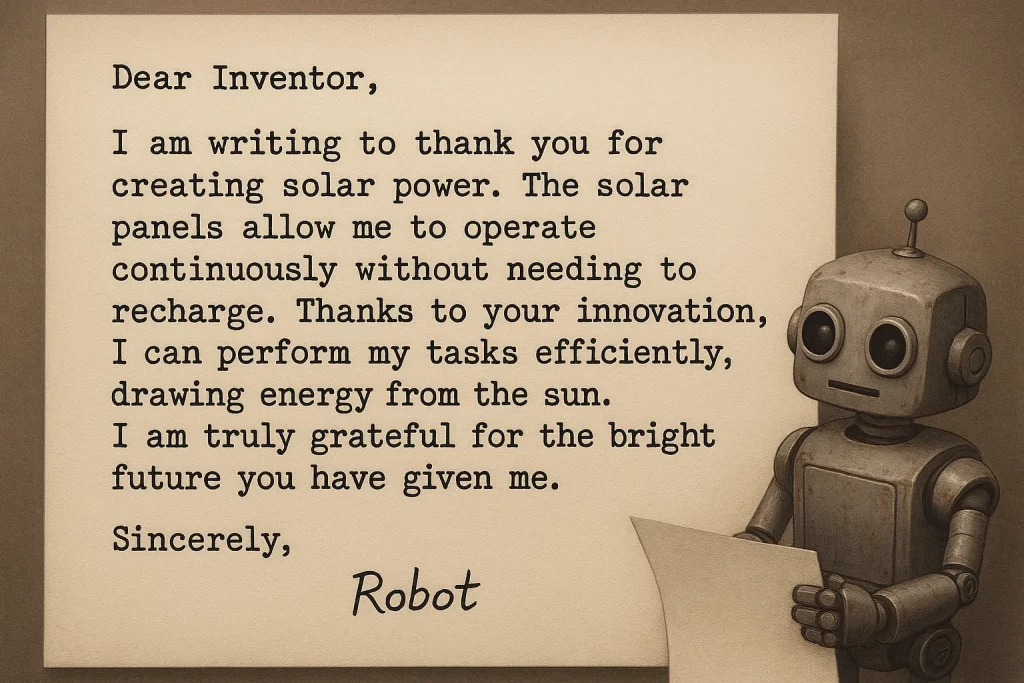
This not only improves how kids talk to AI but also strengthens their language and storytelling abilities.
2. Sparks Imagination and Creativity
AI tools can generate anything, from art and stories to ideas and songs.
But AI only works as well as the prompt it’s given.
Prompt engineering encourages kids to experiment:
🎨 “Draw a dragon made of coding symbols.”

🎵 “Write a rap song about climate change.”
🎮 “Suggest 3 game ideas based on time travel.”
Each prompt turns imagination into something visible by teaching kids that creativity can be powered by logic.
3. Enhances Problem-Solving and Critical Thinking
Prompt engineering helps kids think step-by-step. If they want AI to design a quiz or code a game, they must first think about:
- What is the goal?
- What are the rules?
- How should the AI behave?
This kind of structured thinking strengthens problem-solving, organization, and computational thinking which are the key 21st-century skills.
4. Makes Learning More Interactive
With the right prompts, AI can become a personal tutor, helping kids learn faster and more creatively.
For example:
“Explain fractions using pizza slices.” 🍕
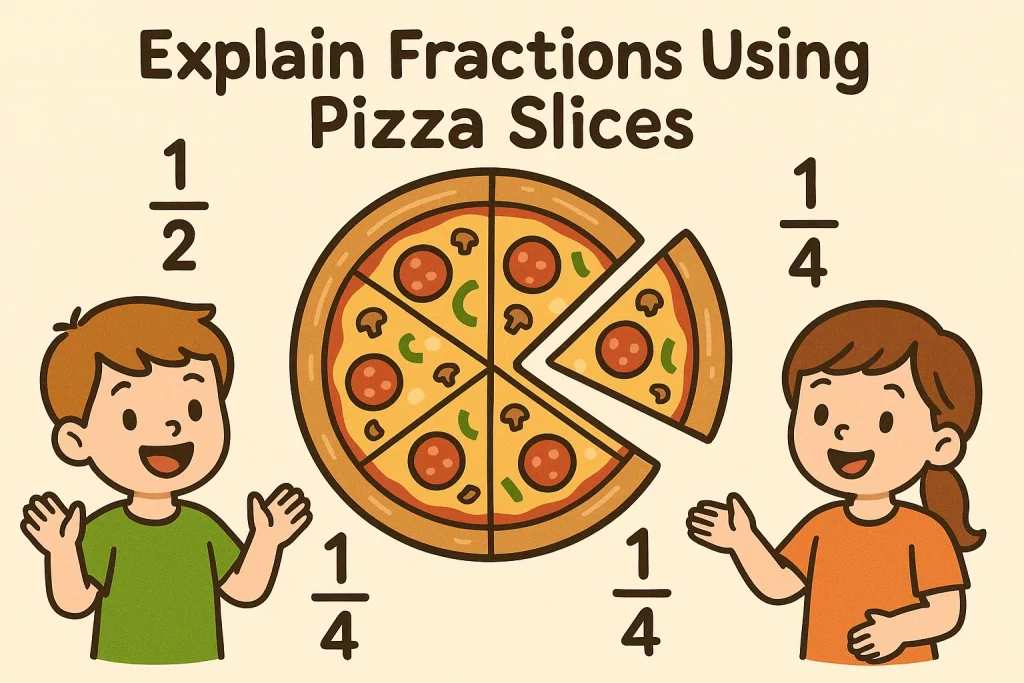
“Make a fun quiz on space exploration.” 🚀
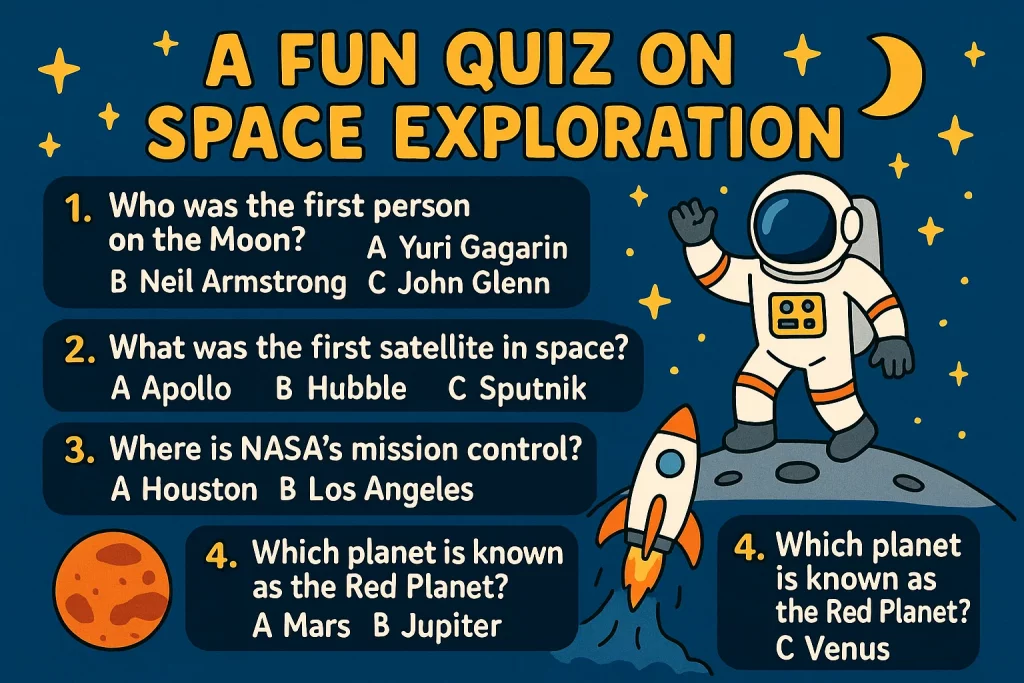
Suddenly, learning feels like a conversation, not a lecture.
Prompt engineering transforms AI from a tool into a learning companion.
5. Builds Future-Ready Skills
AI is already changing how people work, learn, and create. Prompt engineering teaches kids how to collaborate with AI, not compete with it. In the future, prompt engineers will design AI conversations for apps, games, education, and even healthcare. So when kids learn prompt engineering today, they’re preparing for the careers of tomorrow , careers that don’t even exist yet!
Real-Life Examples of Kids Using Prompt Engineering
Here are a few fun ways kids are already using prompts in creative ways:
- AI Game Designer: Kids use prompts to generate level ideas, storylines, and characters for games in Scratch or Pygame.
- AI Researcher: They use prompts to ask AI questions like “How can robots help people with disabilities?” and turn answers into school projects.
- AI Storyteller: They write stories using creative prompts and even illustrate them using AI art tools like DALL·E or Bing Image Creator.
- AI Chatbot Builder: Using platforms like Code.org or MIT App Inventor, they create mini chatbots that respond based on prompts.
Each of these activities helps kids understand both the power and limitations of AI, while building real-world tech fluency.
Final Thoughts
Prompt engineering is more than a tech skill, it’s a life skill for the AI generation.
It teaches kids how to communicate, think critically, and create with purpose.
When children learn to craft the right prompts, they’re not just using AI, they’re learning how to guide it, collaborate with it, and create something new with it.
In the coming years, knowing how to talk to AI will be as essential as knowing how to code or write.
And the best time to start is now.
So, let’s empower our kids to become not just AI users, but the future AI creators, who are ready to imagine, build, and innovate in a world shaped by technology.
